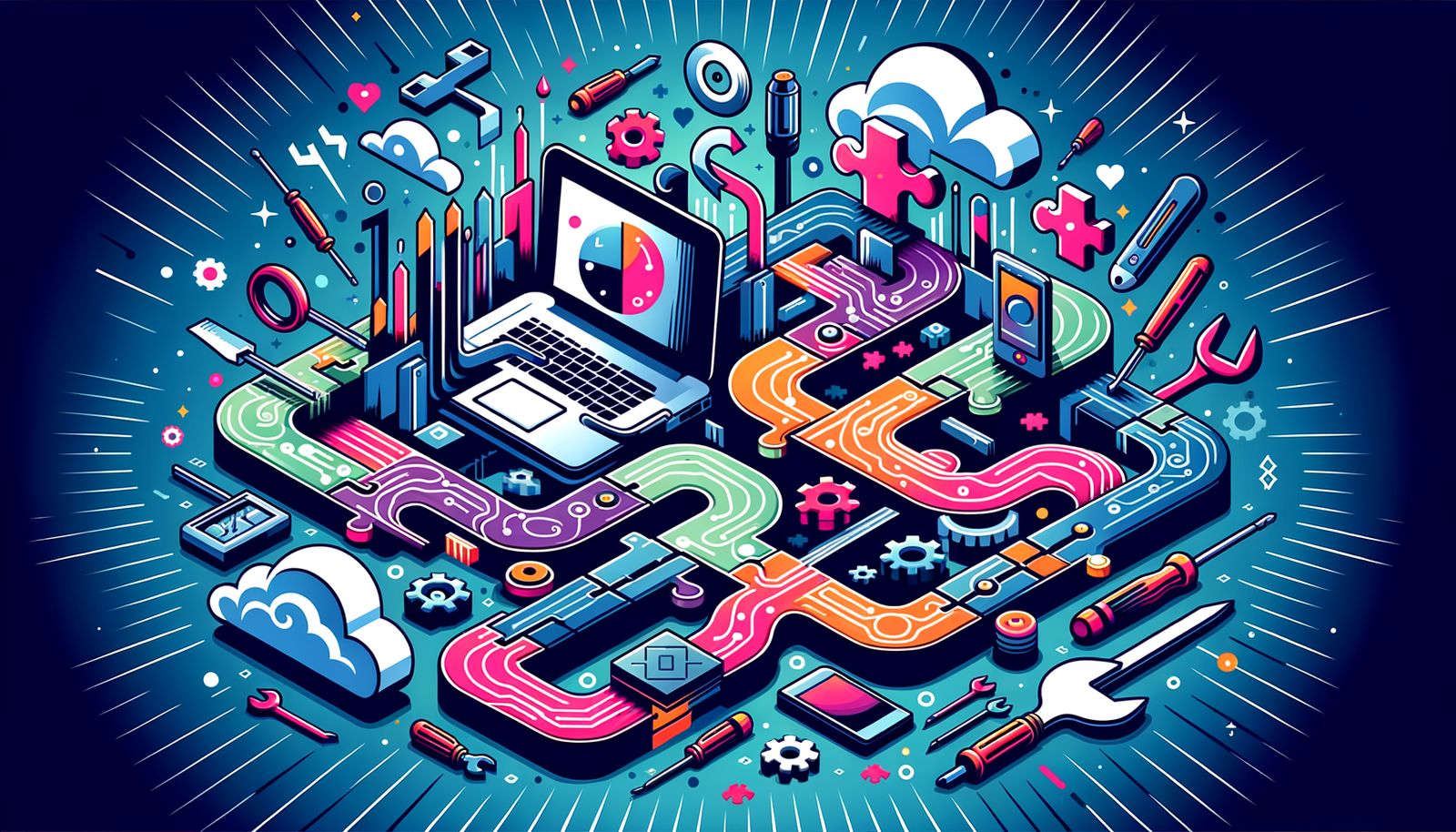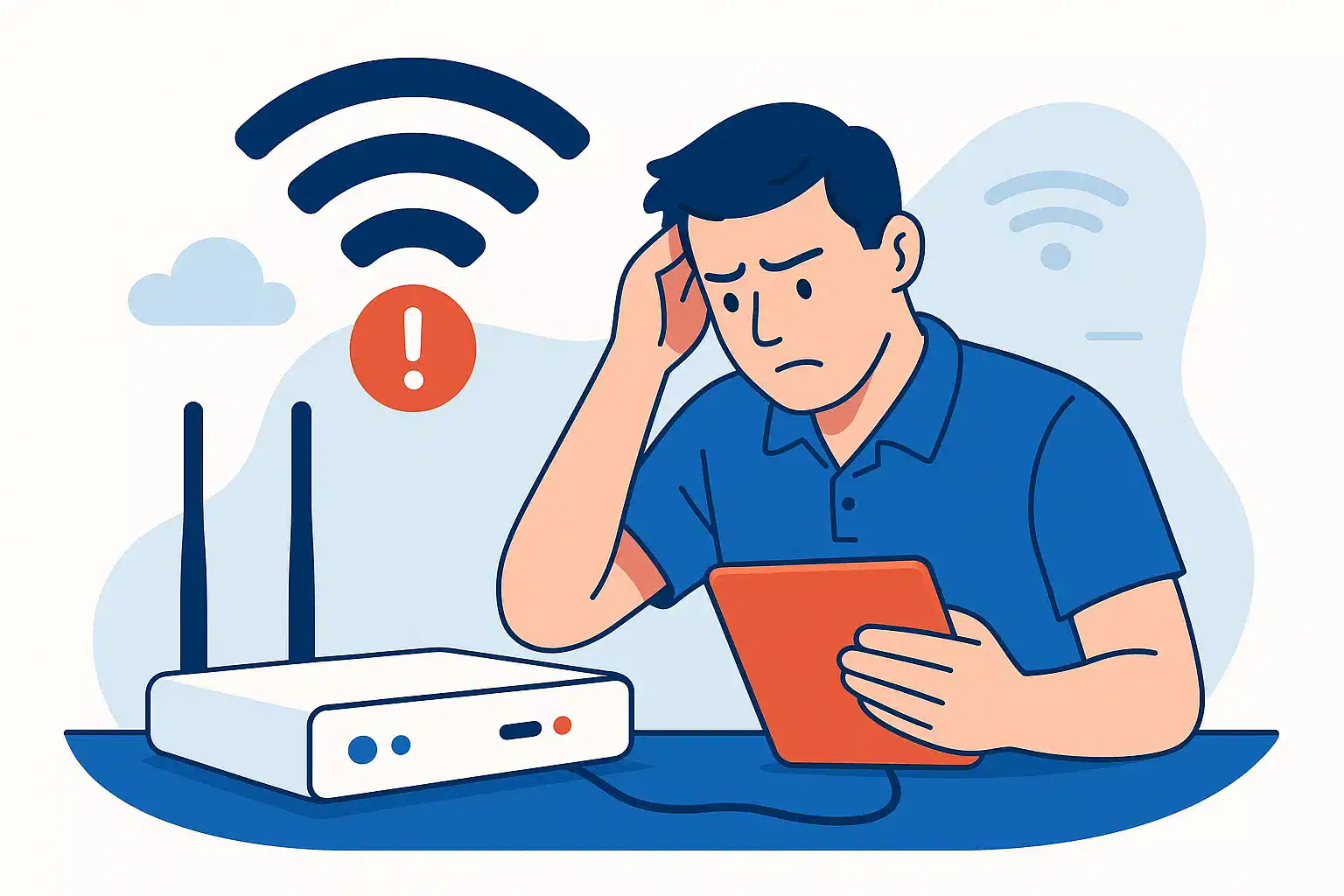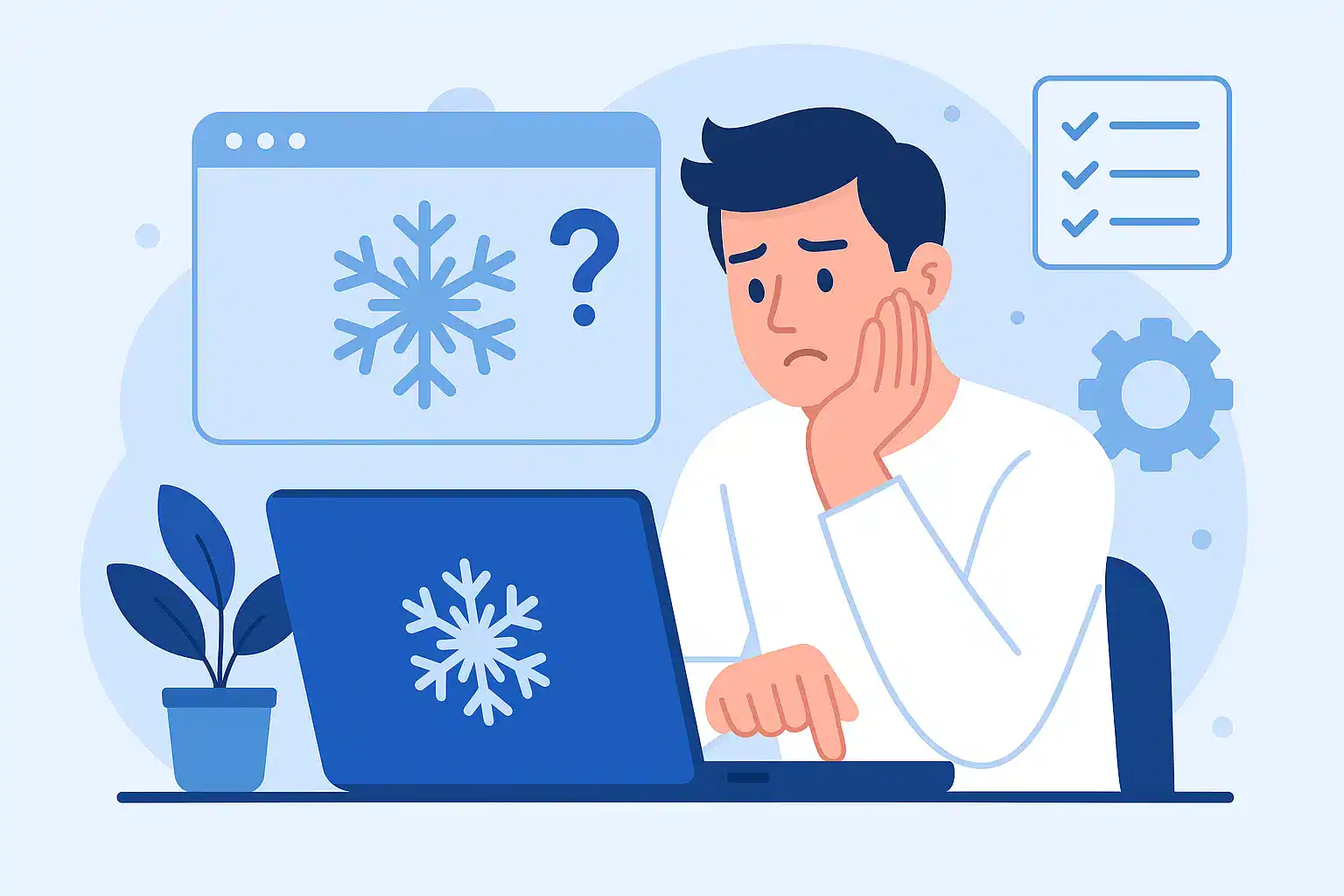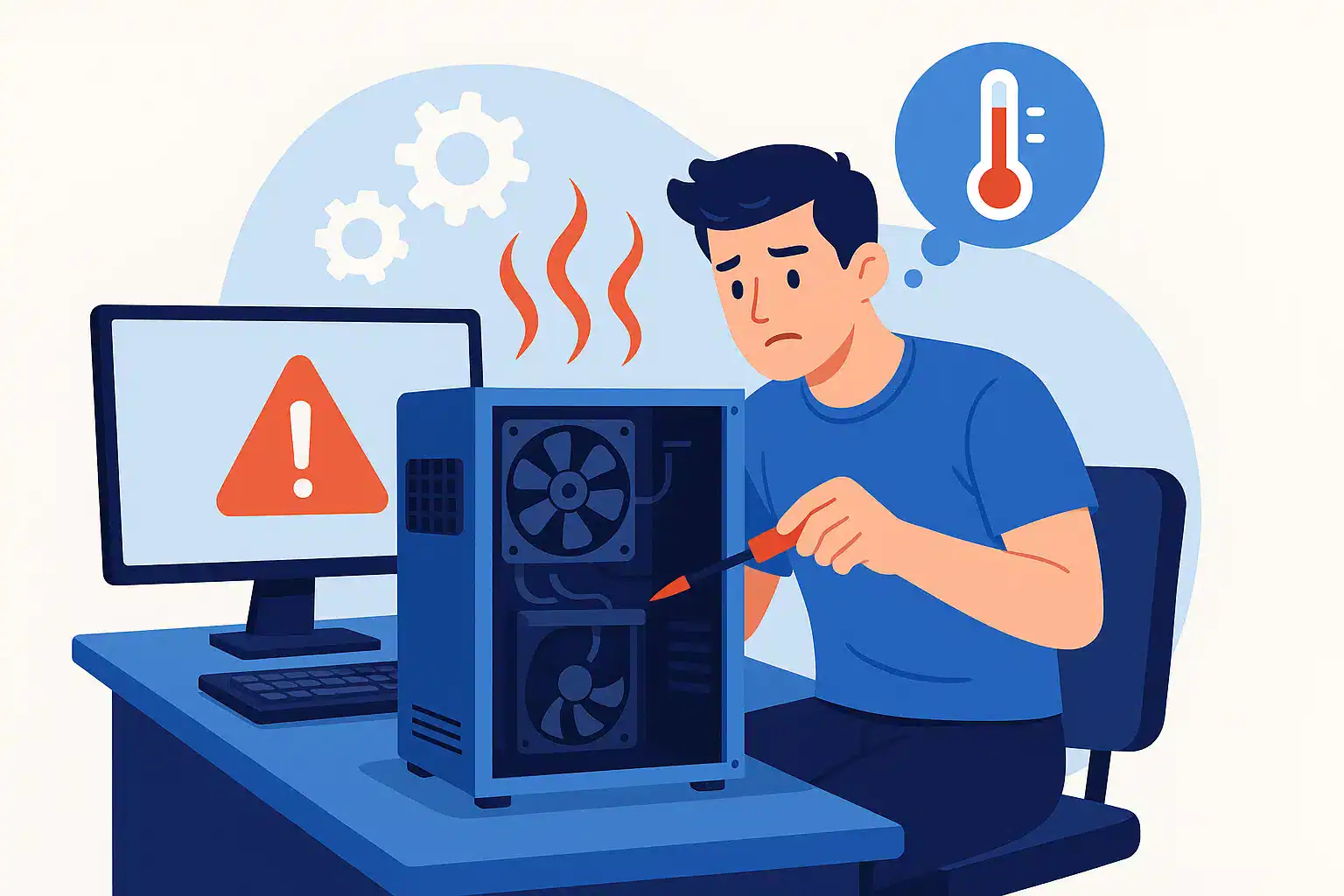In today’s fast-paced business environment, technology plays a crucial role in ensuring productivity and efficiency. However, as businesses increasingly rely on IT systems, they also encounter a variety of common IT issues that can disrupt operations. From software glitches to network connectivity problems, these challenges can significantly impact a company’s performance. This article aims to provide a comprehensive guide on common IT issues and effective solutions, helping business owners and IT managers navigate the complexities of technology in the workplace.
Understanding Common IT Issues In Businesses
Common IT issues refer to the frequent problems that businesses face with their technology infrastructure. These issues can arise from various sources, including software, hardware, and network components. Small and medium-sized businesses are particularly vulnerable to these challenges due to limited resources and expertise.
Some frequently encountered IT issues include:
- Software Glitches: Application crashes, slow performance, and compatibility issues can hinder productivity.
- Network Connectivity Problems: Slow internet speeds, Wi-Fi dropouts, and network outages can disrupt communication and access to resources.
- Hardware Failures: Malfunctioning devices, such as printers and computers, can lead to downtime and lost productivity.
Understanding these common IT issues is the first step toward effective problem-solving.
Common Technology Challenges & Solutions
Software Problems And Fixes
Software issues are among the most prevalent challenges in the workplace. Common problems include application crashes, software not responding, and compatibility issues between different programs. To resolve these software problems, consider the following troubleshooting tips:
- Update Software Regularly: Ensure that all applications are up-to-date to benefit from the latest features and security patches.
- Check Compatibility: Before installing new software, verify that it is compatible with existing systems.
- Clear Cache And Temporary Files: Regularly clearing cache and temporary files can improve application performance.
Network Issues And How To Resolve Them
Network issues can severely affect business operations. Common problems include slow internet speeds, Wi-Fi connectivity issues, and network outages. To diagnose and fix these issues, follow these steps:
- Restart Your Router: A simple reboot can often resolve connectivity problems.
- Check For Service Outages: Contact your Internet Service Provider (ISP) to determine if there are any outages in your area.
- Run Network Diagnostics: Use built-in diagnostic tools to identify and troubleshoot network issues.
IT Security Issues And Solutions
With the rise of cyber threats, IT security issues have become a significant concern for businesses. Common challenges include malware infections, phishing attacks, and data breaches. To enhance security and respond effectively to breaches, consider these best practices:
- Implement Antivirus Software: Use reputable antivirus software to protect against malware and viruses.
- Educate Employees: Conduct regular training sessions on recognizing phishing attempts and safe online practices.
- Regularly Backup Data: Ensure that critical data is backed up regularly to prevent loss in case of a security breach.
Effective IT Problem-Solving Strategies
IT Troubleshooting Tips
Effective troubleshooting is essential for resolving IT issues quickly. Here are some general troubleshooting steps that can be applied to various problems:
- Document The Problem: Keep a record of the issue, including error messages and the steps taken to resolve it.
- Isolate The Issue: Determine whether the problem is specific to one device or affects multiple systems.
- Consult Online Resources: Utilize forums and support websites for guidance on resolving specific issues.
IT Maintenance Best Practices
Regular maintenance is crucial for preventing IT issues before they arise. Here are some best practices for IT maintenance:
- Schedule Regular Updates: Set a schedule for software and system updates to ensure optimal performance.
- Perform Routine Backups: Regularly back up data to protect against loss due to hardware failures or security breaches.
- Monitor System Performance: Use monitoring tools to track system performance and identify potential issues early.
IT Support Solutions For Businesses
IT Support For Small Businesses
Having dedicated IT support can be a game-changer for small businesses. IT support can help address issues quickly, minimize downtime, and provide expert guidance on technology decisions. Options for IT support include:
- In-House IT Teams: Employing a dedicated IT staff can provide immediate support and tailored solutions.
- Outsourced IT Services: Partnering with an external IT provider can offer cost-effective solutions and access to specialized expertise.
Managing IT Issues Effectively
Proactively managing IT issues is essential for minimizing disruptions. Here are some strategies to consider:
- Establish IT Policies: Create clear policies for technology use, security protocols, and incident reporting.
- Provide Employee Training: Regular training can empower employees to handle minor IT issues independently, reducing the burden on IT staff.
Resolving IT Issues Quickly
IT Issue Resolution Techniques
To resolve IT issues quickly, businesses should adopt a structured approach to diagnosis and resolution. Consider the following techniques:
- Prioritize Issues: Assess the impact of each issue on business operations and prioritize resolution accordingly.
- Use A Ticketing System: Implement a ticketing system to track and manage IT issues efficiently.
- Conduct Post-Mortem Reviews: After resolving an issue, review the incident to identify lessons learned and prevent future occurrences.
Conclusion
Addressing common IT issues promptly is vital for maintaining productivity and ensuring smooth business operations. By understanding the nature of these challenges and implementing effective solutions, businesses can minimize disruptions and enhance their technology infrastructure.
If you are in need of any IT or Cloud services, you can contact us or book a call with us today.
Key Points
- Common IT issues include software glitches, network problems, and hardware failures.
- Regular software updates and employee training can mitigate many IT challenges.
- Proactive IT maintenance and support are essential for minimizing disruptions.
- A structured approach to troubleshooting can lead to quicker resolutions.
FAQs
What Are The Most Common IT Issues In Businesses?
The most common IT issues include software glitches, network connectivity problems, and hardware failures.
How Can I Solve IT Problems Quickly?
To solve IT problems quickly, prioritize issues based on their impact, document problems, and utilize troubleshooting techniques.
What Are Some Effective IT Troubleshooting Tips?
Effective troubleshooting tips include documenting the problem, isolating the issue, and consulting online resources for guidance.
Why Is IT Maintenance Important?
Regular IT maintenance is important to prevent issues, ensure optimal performance, and protect against data loss.
What Are The Benefits Of IT Support For Small Businesses?
IT support provides quick issue resolution, minimizes downtime, and offers expert guidance on technology decisions.




